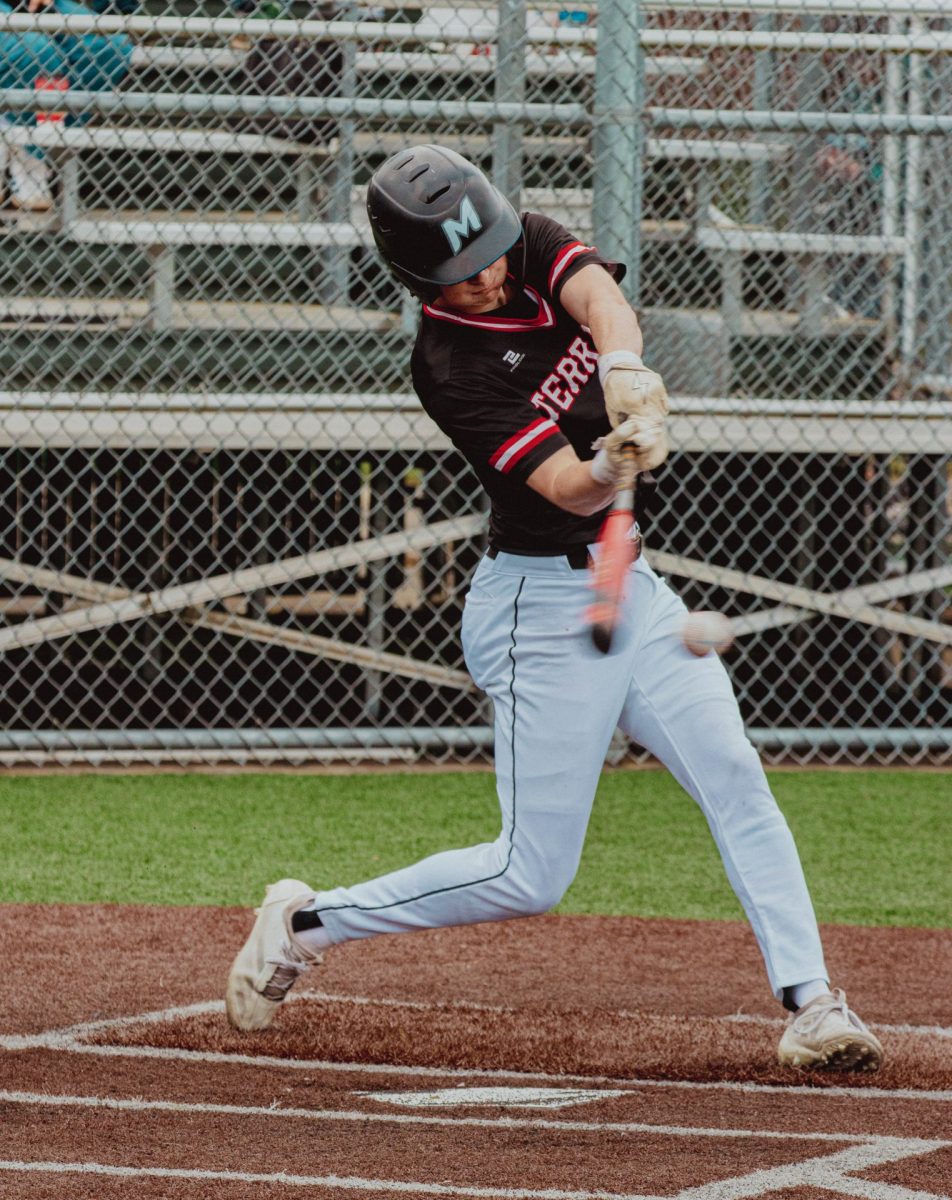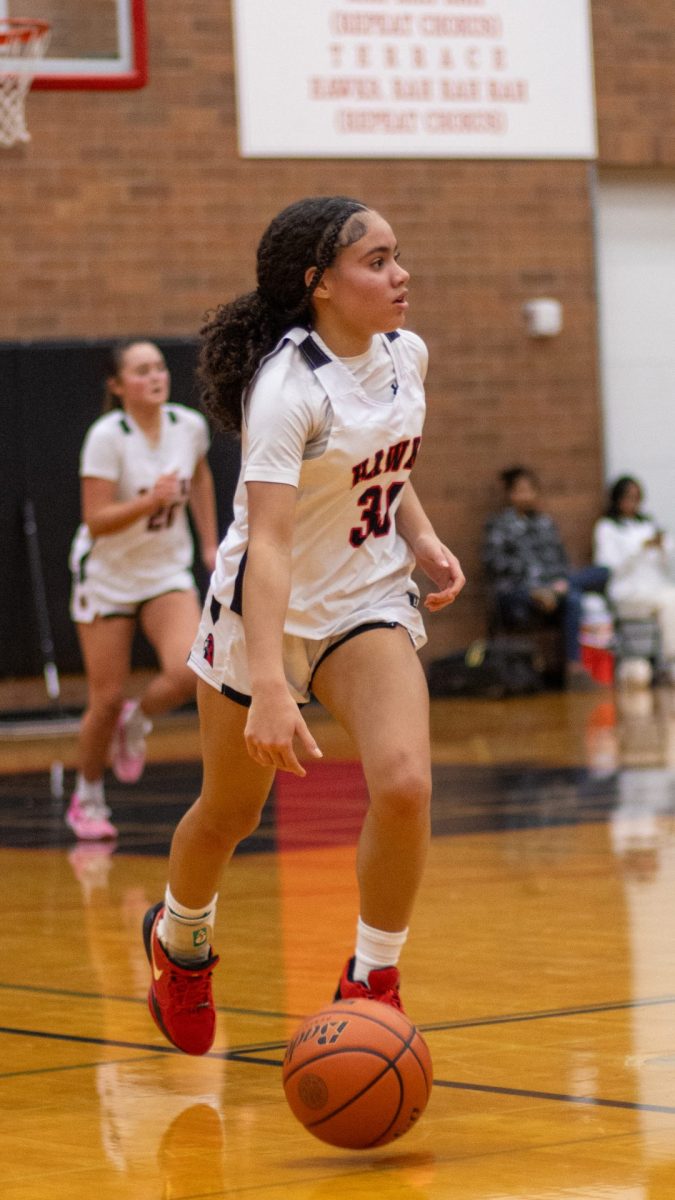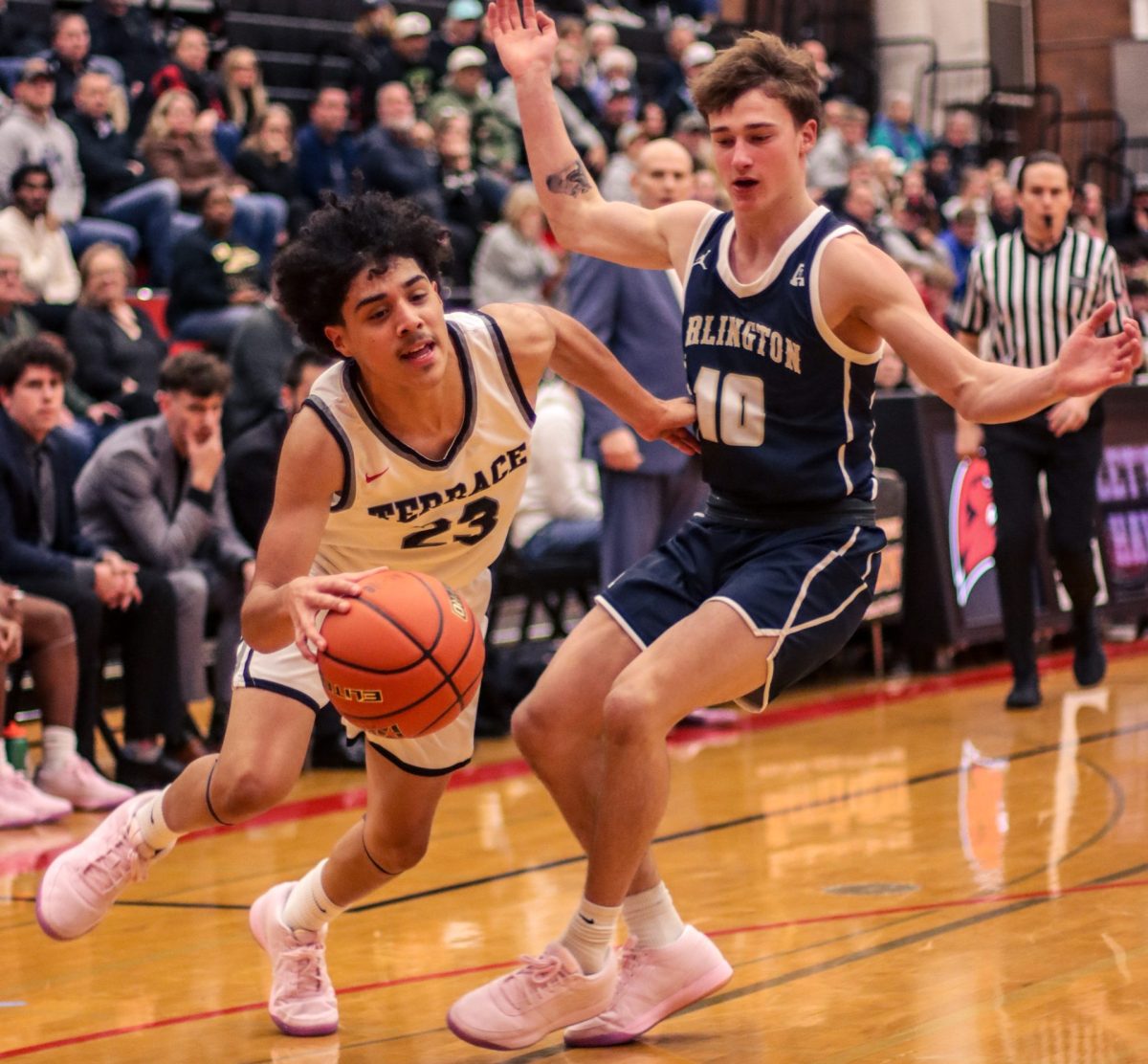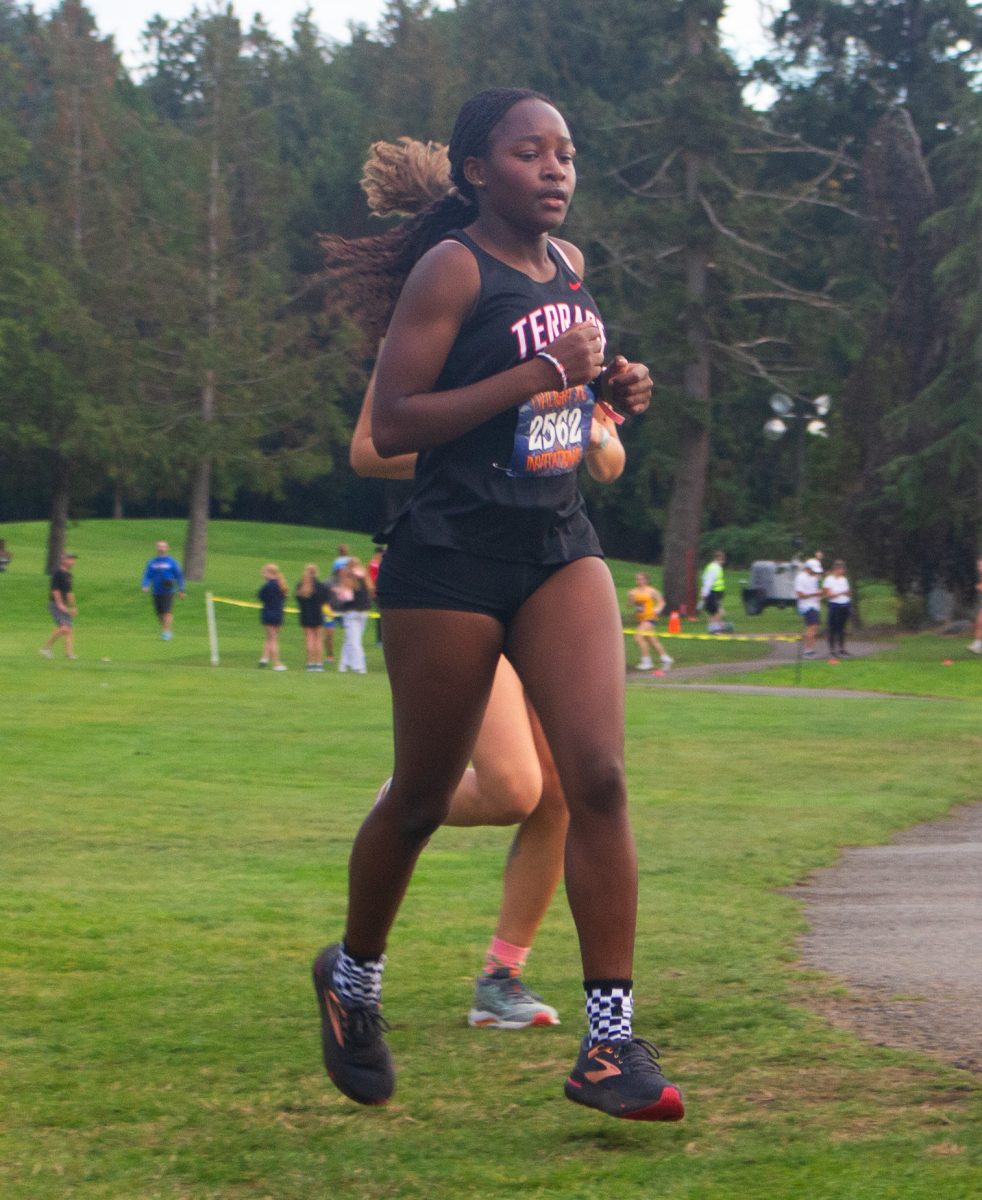As the old saying goes, “the early bird catches the
worm”. That maxim rings true in the world of
college recruiting, where young athletes are baited
with scholarships based on potential and hype.
Coach Sood shared his opinion on premature
recruiting saying that, “It has been an issue for years.
LeBron James was getting offers in 8th grade. Damon
Bailey, at Indiana in the ’80s, Bobby Knight would
show up at his door.”
In 2009, the NCAA lowered the recruitment age
of “recruitable” boys basketball prospects from 9th
grade, to 7th grade. The purpose of this new rule is
to create a wider range of boys to choose from as to
keep overzealous coaches from overstepping bounds.
This means that they can be recruited by schools but
with a limited number of phone calls, text messages
and visits.
Before the ruling, 9th graders and on were defined
as prospective athletes. College coaches worked tirelessly
trying to lure young talented athletes to their
schools. Coaches began offering scholarships to middle
school athletes left and right.
Finally, the NCAA felt something had to be done to
prevent these athletes from making premature decisions
regarding their future.
“I remember being an 8th grader and Coach Ottmar
coming to Brier Terrace,” Sood said. “[I’d] remember
seeing those kids coming up to Terrace.”
These student athletes are not fully matured as
individuals, both physically and mentally. DePaul
University recently offered 14-year old Jahlil Okafor
a basketball scholarship.
At 6 feet 7 inches tall, and an ending height expectancy
of 7 feet 3 inches, Okafor still has four years
until graduation day, so DePaul’s premature offer is
unrealistic at this point, if not illegal.
But what happens if he improves dramatically in
high school and wants to play for a top collegiate program?
What if this whole basketball thing does not
play out for Okafor? All of these questions are why
recruiting young athletes could end up having a negative
effect on the athletes themselves.
Okafor is not the only basketball player who hasn’t
reached high school to be recruited. Perry Dozier Jr.,
a diminutive 5’ 6” point guard, is the top-ranked prospect
“There is a difference between
identifying a guy and recruiting
him,” Sood said. “Giving an 8th
grader [scholarship] offers just
sickens me.”
In a few years, recruiters might
enter a kindergarten classroom
and begin seeking out the tallest
and fastest kids. The point here
is, Dozier might be a standout right now but who
knows what will happen between now and the time
he graduates from high school.
Although these recruiting practices are more prevalent
in men’s basketball than in any other sport, they
have trickled their way into the women’s game.
Despite the criticism of recruiting down to middle
school, many college coaches and recruiters believe
that it is simply a sign of the times. Schools such
as Arizona, Arizona State, Southern California,
Kentucky and Maryland are now attempting to lure
middle schoolers.
College recruiters now use a variety of tactics to
track down future stars: elite camps pitting the best
against the best, AAU teams traveling cross-country,
and recruiting websites ranking the cream of the
crop.
Apparently, it’s never too early to start young.






